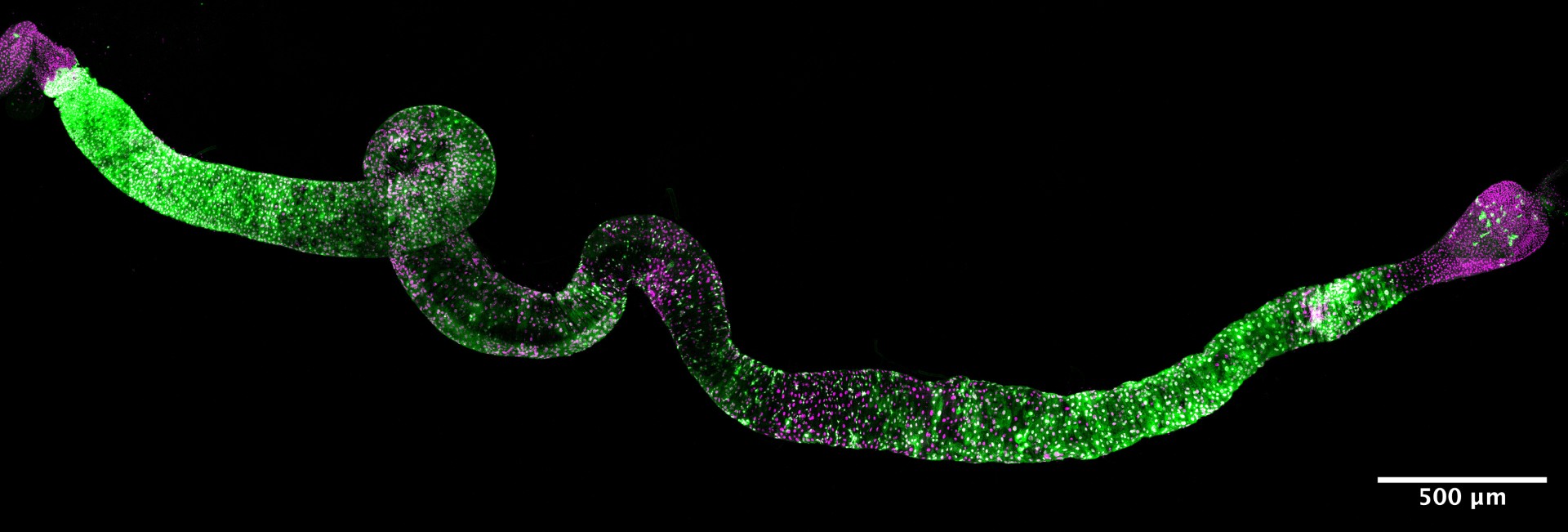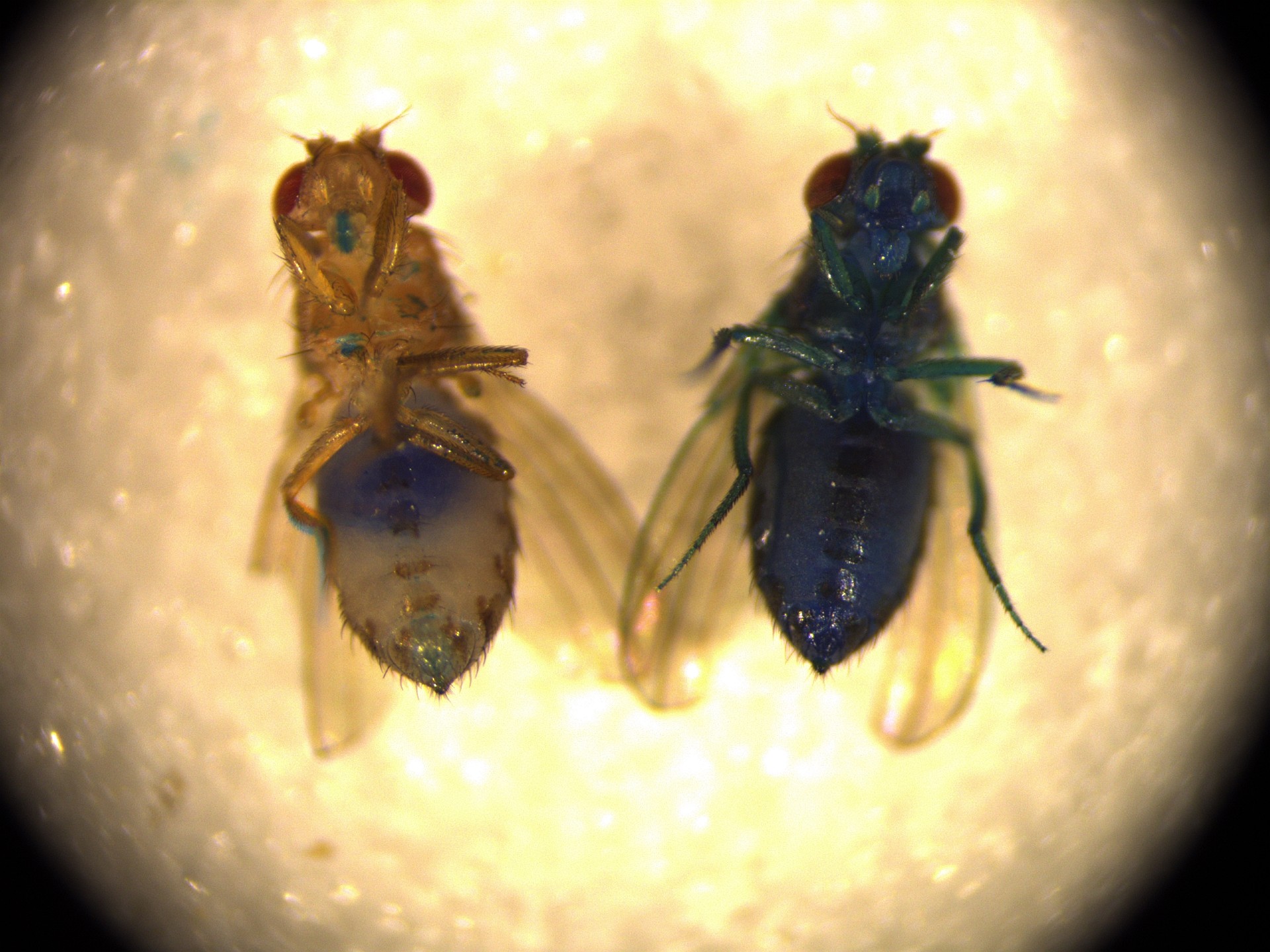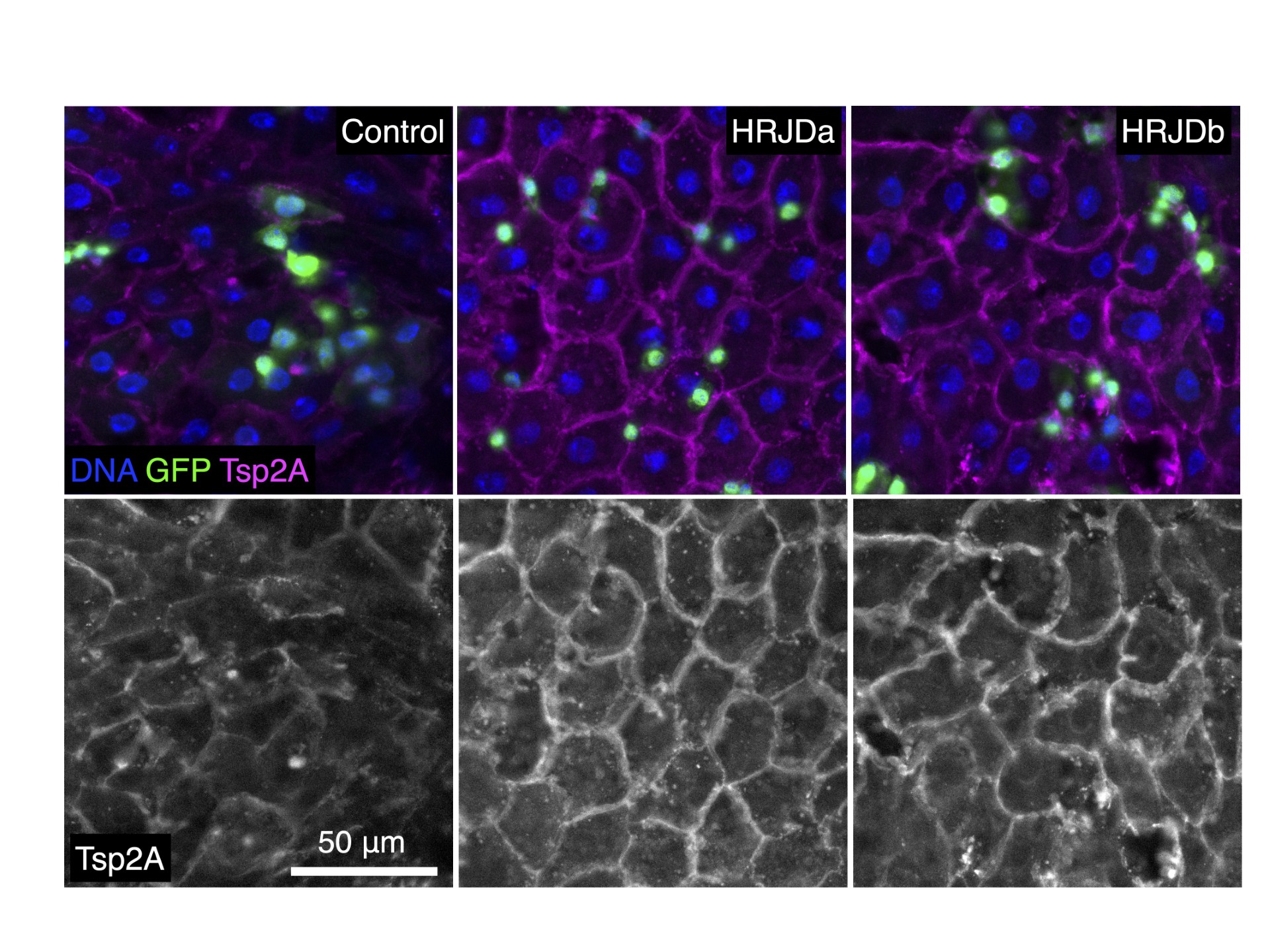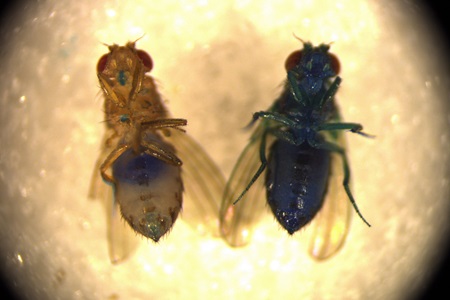Researchers including those from the University of Tokyo’s Graduate School of Pharmaceutical Sciences transferred genes from simple organisms capable of regenerating their bodies into common fruit flies, more complex animals that cannot. They found the transferred gene suppressed an age-related intestinal issue in the flies. Their results suggest studying genes specific to animals with high regenerative capability may uncover new mechanisms for rejuvenating stem cell function and extending the healthy lifespan of unrelated organisms.

Do you want to live forever? Some do, some don’t. But we all want to live healthily for however long we have, and a big part of medical research is about this aspect of longevity. One idea, which might sound a little like science fiction, is to upgrade the human body in such a way that it can regenerate itself when injured, diseased, or when aging starts taking its toll, a bit like the superhero character Wolverine from the popular comic book and film series X-Men. Of course, we’re nowhere near that stage yet, but progress is being made in the world of regenerative medicine, albeit the test subjects are just flies for now.

“In animals capable of whole-body regeneration, such as flatworms and jellyfish, specific genes may help allow regeneration and maintain long-term stem cell functions. Conversely, mammals and insects, which have limited regenerative abilities, may have lost these genes during evolution,” said Associate Professor Yuichiro Nakajima. “It is unclear whether reintroducing these regeneration-associated genes in low regenerative animals could affect their regeneration and aging processes. In our recent study, we focused on the group of genes unique to animals with high regenerative capacity, named highly regenerative species-specific JmjC domain-encoding genes (HRJDs), and transferred them into the fruit fly Drosophila melanogaster, to test their effects.”
Nakajima’s team hoped upgraded fruit flies would regenerate tissue if injured, which didn’t happen. However, Hiroki Nagai, an expert in fruit fly intestines, noticed something else.

“Nagai discovered some novel phenotypes, characteristics that manifest from genes in a given set of conditions,” said Nakajima. “HRJDs promoted greater intestinal stem cell division, whilst also suppressing intestinal cells that were mis-differentiating, or going wrong in aged flies. This is in contrast to the use of antibiotics, for example, which might suppress mis-differentiated intestinal cells, but also suppress intestinal stem cell division. For this reason, HRJDs had a measurable effect on the lifespans of fruit flies, which opens the door, or at least provides clues, for the development of new anti-aging strategies. After all, human and insect intestines have surprisingly much in common on a cellular level.”
Finding this out was not without difficulties, however. Though fruit flies are famous test subjects for biological research, given their relatively short lives and fast rates of reproduction and maturation, their aging process still takes around two months, which affected the experimental schedules for Nakajima’s team, who were also busy with other things. Now that they have reached a striking conclusion, though, there is still much work to be done.
“Details of the molecular workings of HRJDs are still unresolved. And it’s unclear whether they work alone or in combination with some other component,” said Nakajima. “Therefore, this is just the start of the journey, but we know now that our modified fruit flies can serve as a valuable resource to uncover unprecedented mechanisms of stem cell rejuvenation in the future. In humans, intestinal stem cells decrease in activity with age, so this research is a promising avenue for stem cell-based therapies.”







